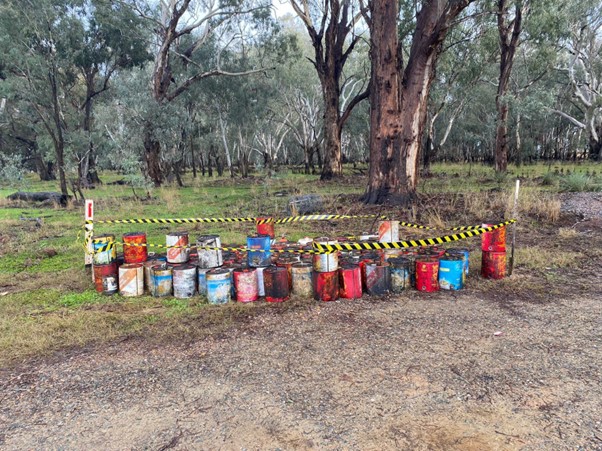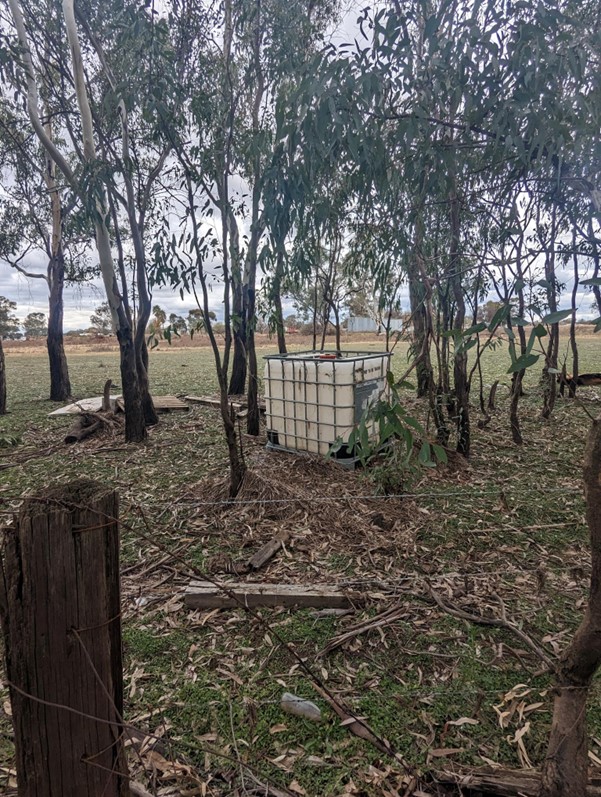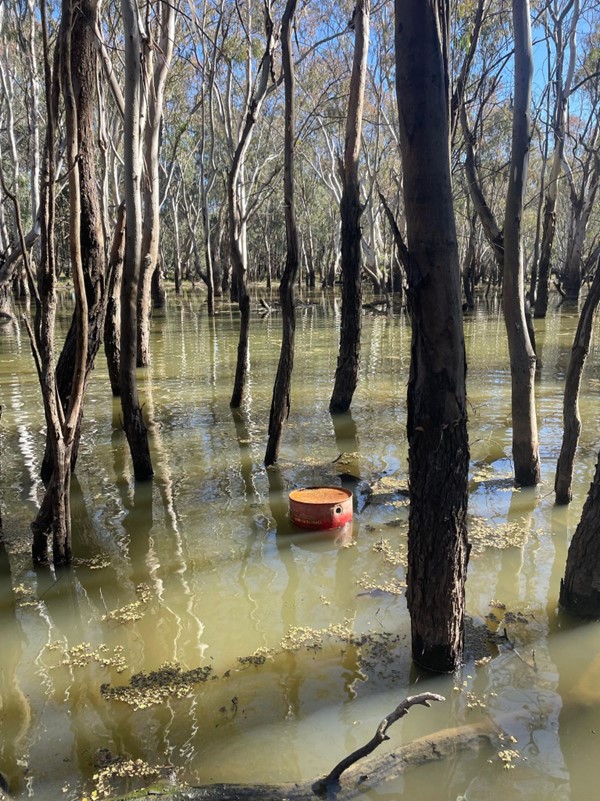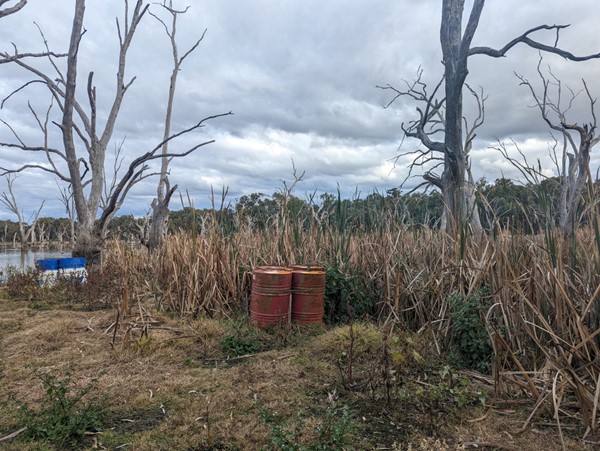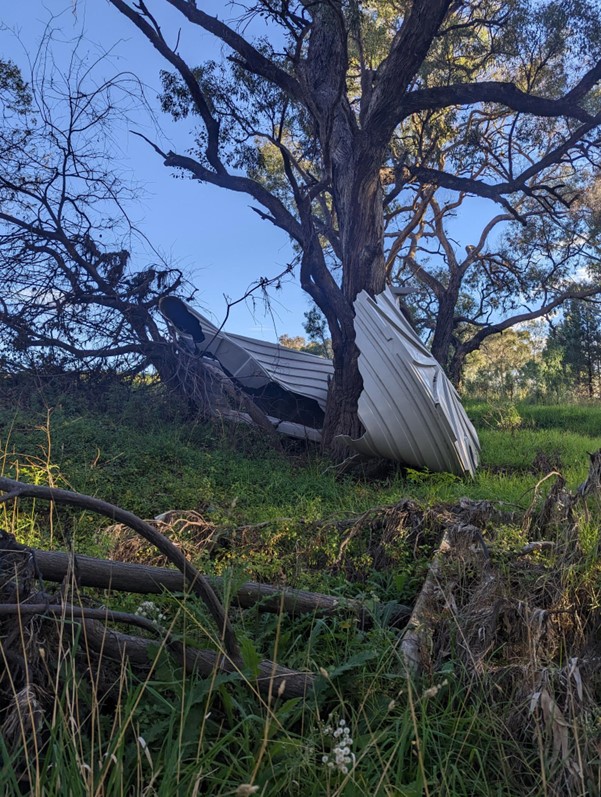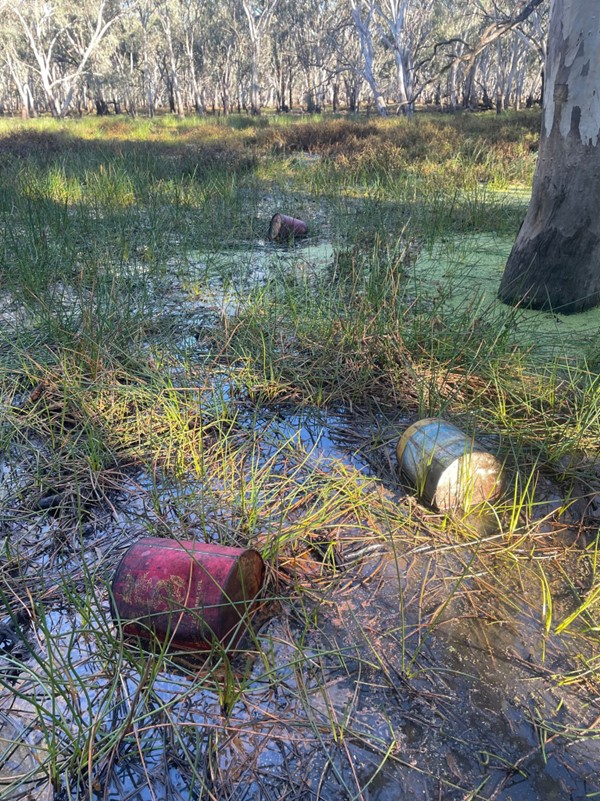Flood debris maintenance program
Our Flood Debris Maintenance Program has been extended to support the clean-up of eligible flood debris that was deposited in the 2022 floods and has not yet been cleaned-up in the Northern Rivers.
The Flood Debris Maintenance Program removes large or hazardous man-made debris from land, waterways, shorelines and cane farms from the declared local government disaster areas identified in AGRNs 1012 and 1024 (Natural disaster declaration areas).
The Program was developed to remove flood debris remaining after the closure of the EPA’s other Flood programs. The Program is being led by the NSW EPA to help communities, councils and our environment continue to recover. The Program is funded under the joint Commonwealth-State Disaster Recovery Funding Arrangements.
Eligible debris
Large and hazardous man-made items are eligible under the program.
A large item weighs over 25kg or is larger than 1 (one) cubic meter in size. A hazardous material is any substance in a quantity or form that could pose a reasonable risk to individual or community health, the environment, or property including cement, chemicals (more than 20 litres or 20 kilograms): household chemicals, hospital chemicals, industrial chemicals, pesticides, other chemicals), fuel (more than 20 litres or 20 kilograms): gas bottles, jerry cans, citronella, petroleum, diesel, other fuels, metal posts and wiring, oil, paint (more than 20 litres), silage bales.
How does it work?
Applications can be submitted to [email protected]. Applications for the program in the Northern Rivers are open until 1 May 2024.
The NSW EPA has specialist contractors appointed to deliver these clean-up services.
Flood debris is removed using boats, barges, cranes, excavators and hand-picking, it is loaded onto trucks for disposal or taken to a staging area. Fenced waste staging areas may be used as part of the clean-up program to temporarily and safely store debris that is collected before it is taken for recycling or disposal. Materials will be re-used or recycled wherever possible.
Benefits of the program
- The program will remove the cost and burden for communities still recovering from the flood events and benefit the local environment with the removal of flood debris.
- Cleaning up large and hazardous flood debris which poses a risk to the environment and community safety.
- Hazardous waste will be assessed and removed by experienced contractors.
- Debris collected will be separated into waste types to allow for recycling or re-use and diversion from landfills where possible.
- Clean up focuses on debris that is safe to remove and does not result in additional environmental harm, especially on culturally sensitive sites.
What has been achieved so far?
As of December 2023, the EPA contractors targeted the Central West region after the devastating floods in November 2022 as well as cane farms in northern NSW:
- 3,303 m3 from Cabonne Shire Council
- 289 m3 from Parkes Shire Council
- 489 m3 from Forbes Shire Council
- 168.5 m3 from cane farms in northern NSW.
To put that in perspective, that is enough waste to fill nearly 58 large shipping containers.
See flood debris we removed through our other programs.
Our contractors have dealt with all kinds of waste, including boats, caravans, water tanks, chemical drums, gas bottles, tyres, hay bales, and even huge shipping containers.
What is happening next?
Contractors will continue to remove flood debris from the Northern Rivers and other application sites in disaster declared local government areas.
